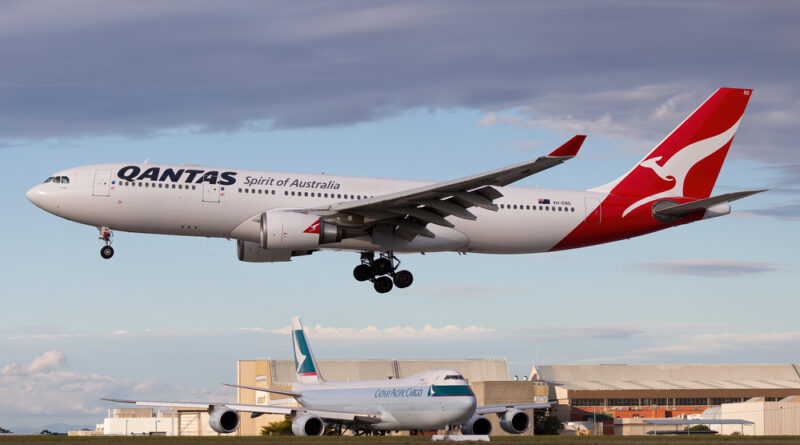Qantas Breach Exposes Data of up to 6 Million Flyers—Days After FBI Flags 2FA-Bypass Threat
Australia’s flag-carrier Qantas has confirmed a “significant” cyber-attack that may have compromised the personal details of as many as six million customers—just days after the U.S. Federal Bureau of Investigation warned that the Scattered Spider hacking collective was pivoting to target airlines with two-factor-authentication (2FA) bypass tactics.
How the attack unfolded
According to the airline, an intruder breached a third-party contact-centre platform on 1 July, gaining access to a dataset that includes names, email addresses, phone numbers, dates of birth and Qantas Frequent Flyer numbers. No credit-card or passport information was held in the affected system. All core Qantas operational networks remain “secure and fully functional,” the company said.
Qantas says it detected “unusual activity” and isolated the system within hours, but early forensics suggest that a significant portion of the exposed records was copied before containment. Chief executive Vanessa Hudson apologised to customers and activated a dedicated helpline for those concerned about identity theft.
Link to the FBI’s fresh warning
On 28 June the FBI issued an industry-wide flash alert describing how Scattered Spider—already notorious for retail and insurance hits—is now impersonating airline and vendor staff to fool IT help desks into adding rogue devices to MFA accounts, effectively sidestepping 2FA protections.
Security analysts note striking similarities between those tactics and the Qantas intrusion route, which exploited a call-centre platform reliant on agent-assisted access resets. While Qantas has not yet attributed the breach, investigators are looking closely at indicators of compromise tied to Scattered Spider’s earlier campaigns.
Why the aviation sector is in the cross-hairs
Aviation firms store rich seams of personal data yet rely on sprawling third-party ecosystems—contact centres, catering providers, loyalty-programme vendors—where security controls can be uneven. “With Qantas now joining a growing list of airline victims, attackers will feel emboldened,” warns OPSWAT senior vice-president James Neilson, urging companies to “re-audit help-desk identity-verification procedures before peak-travel season.”
What customers should do now
-
Watch inboxes for phishing – Fraudsters often exploit fresh breaches to craft convincing scam emails.
-
Change reused passwords – Frequent-Flyer credentials may help attackers reset other accounts.
-
Enable app-based MFA – Where possible, use authenticator apps rather than SMS codes, which are more vulnerable to SIM-swap attacks.
-
Monitor points balance and travel history – Unauthorised redemptions are an early sign of account takeover.
Industry response
The Australian Cyber Security Centre and federal police have been notified; Qantas has hired external forensics specialists and vowed to “learn every lesson” from the incident. Meanwhile, the FBI is calling on all transport operators to tighten help-desk verification before granting new MFA tokens or password resets.
With global passenger numbers surging ahead of the northern-summer holiday rush, the breach is a stark reminder that even iconic carriers are only as secure as their most vulnerable vendor link.
Photo Credit: DepositPhotos.com

